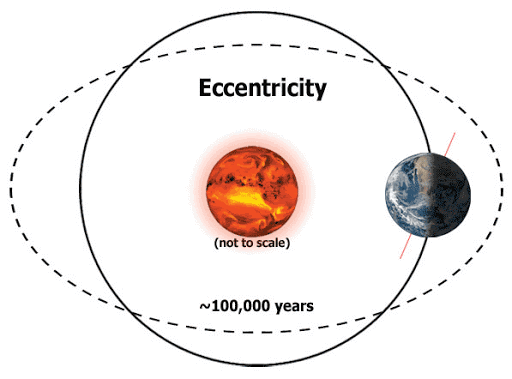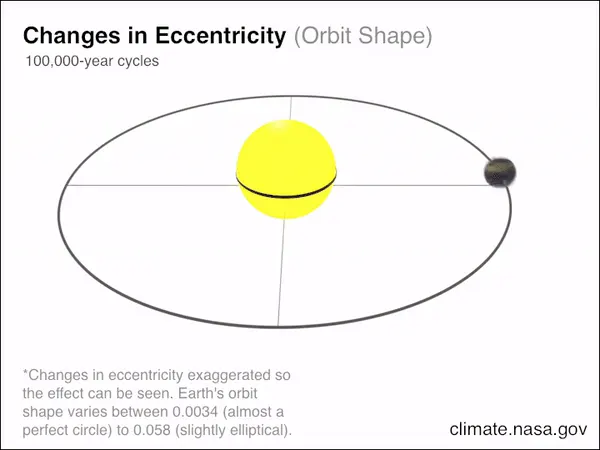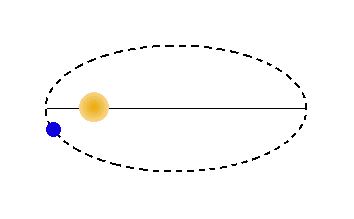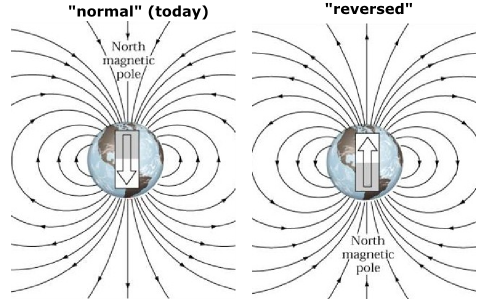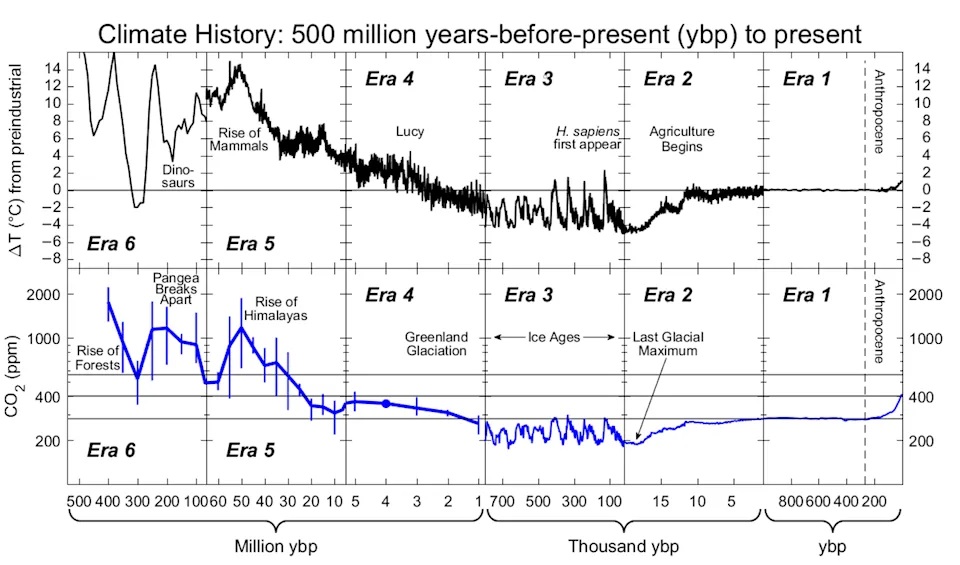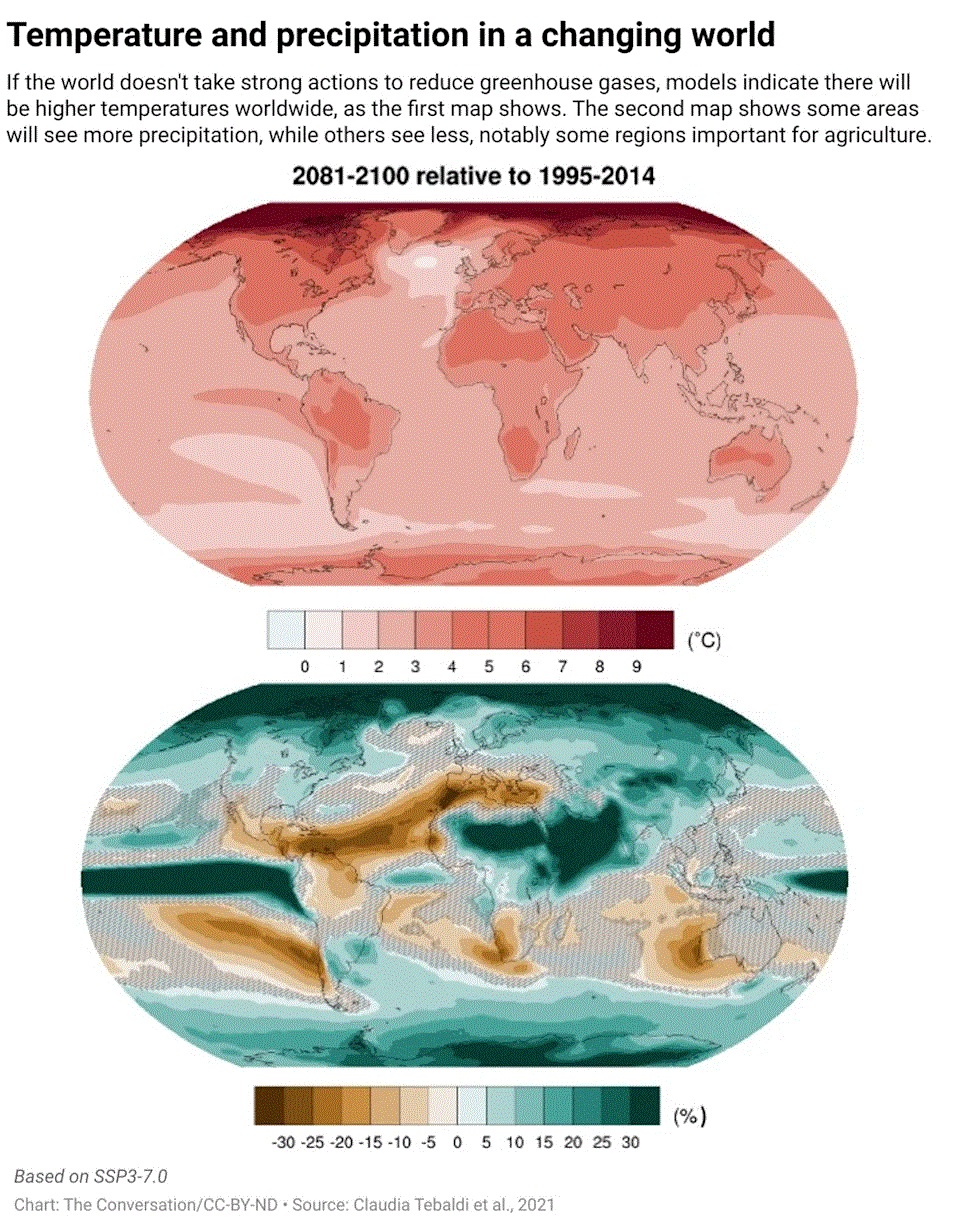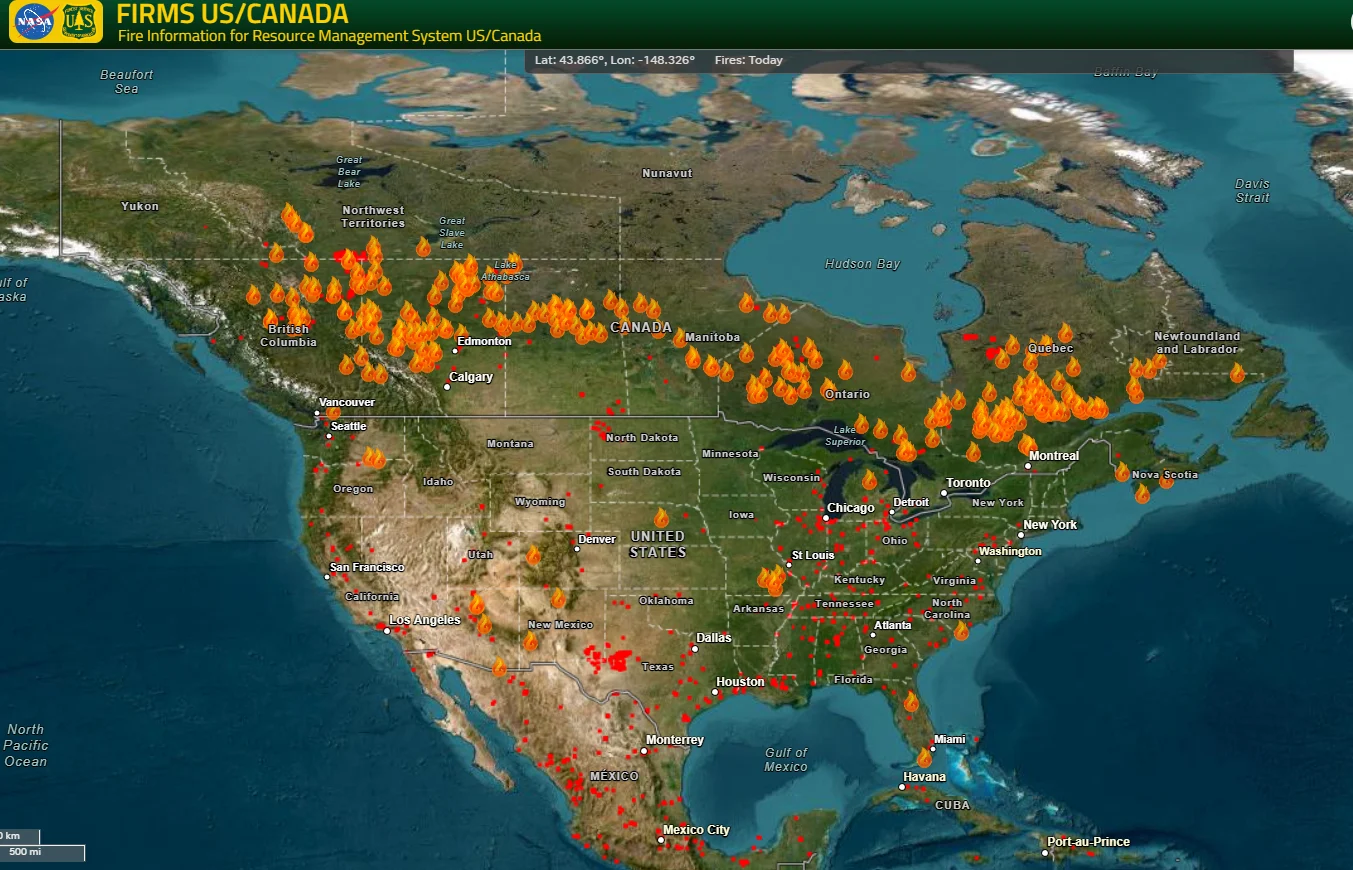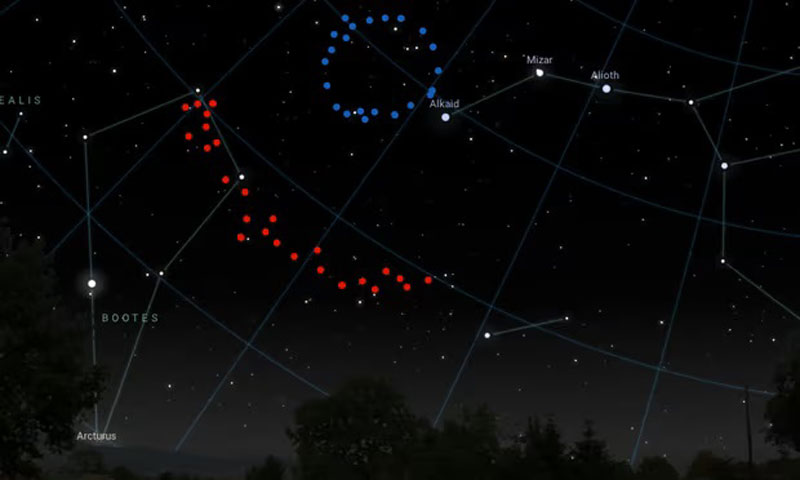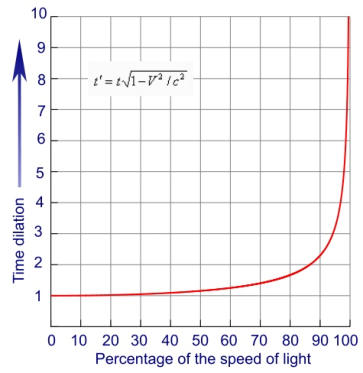Alexandrite
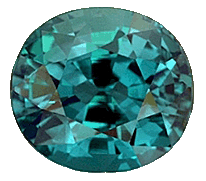

(color change chrisoberyl)
What makes alexandrite so special? Natural alexandrite is a unique type of chrysoberyl that has color changing properties, from bluish green when viewed in the daylight or in fluorescent light to brownish or purplish red when viewed in the dark lit with an incandescent light from a lamp or candle flame. The finest quality stones will change color from traffic light green to traffic light red. Lab created alexandrite should exhibit the same “emerald by day, ruby by night” effect as its natural cousin. However, I have been unable to find any lab created rough that even comes close to displaying these color changing characteristics.
Chemical Composition - BeAl2O4
Crystal System - Orthorhombic
Hardness - 8.5
Specific Gravity - 3.5 to 3.8
Refractive Index - 1.744 to 1.755
Double Refraction - .009
Cleavage - 1,1 ; 3,2. Often exhibits parting along twinned crystals.
Color - Blue, Red, Green, Yellow, Pink, Purple, Gray, Multicolored.
Where is alexandrite mined? There is virtually no alexandrite coming from Russia these days. Between 1833 and 2008, Alexandrite has been discovered not only in Russia but in Australia, Brazil, India, Madagascar, Myanmar, Sri Lanka, Zimbabwe, Tanzania and the US. This list may seem long, but the production of top quality alexandrite from any of these mines has been relatively small. Currently, the best alexandrite comes from the Hematita mine in Brazil.
Ref: http://www.alexandrite.net/
Today, several labs can produce synthetic lab grown stones with the same chemical and physical properties as and these stones are more difficult to identify. Since synthetic alexandrite share the same chemical and physical properties with natural alexandrite and normal gemological tests for density and refractive index will be of little use and gemologists must use magnification to study the inclusions in order to determine the origin of the material. Synthetic alexandrite may contain curved striations, flux inclusions, triangular metallic platelets, or gas bubbles, depending on the growth technique used.
Flux grown is more difficult to identify because the inclusions of un-dissolved flux can look like natural inclusions. Alexandrite grown by the flux-melt process will contain particles of flux, resembling liquid feathers with a refractive index and specific gravity that echo that of the natural material. Layers of dust-like particles parallel to the seed plate, and strong banding or growth lines may also be apparent. Some stones contain groups of parallel negative crystals. Flux grown alexandrite, are more difficult to spot because the colors are convincing and because they are not clean. These stones are expensive to make and are grown in platinum crucibles. Crystals of platinum may still be evident in the cut stones.
Czochralski or pulled alexandrite is easier to identify because it is so clean. Curved striations visible with magnification are a dead give away. The color change in pulled stones has seen change from blue to red. Although the stones look nice, the colour change doesn´t resemble alexandrite from any deposit. Seiko synthetic alexandrite have a swirled internal structure characteristic of the floating zone method of synthesis. They have tadpole inclusions (with long tails) and spherical bubbles.
The Inamori synthetic alexandrite had a cat´s eye variety, which showed a distinct colour change. The eye was broad and of moderate intensity. Specimens were a dark greyish-green with slightly purple overtones under fluorescent lighting. The eye was slightly greenish-bluish-white and the stones were dull and oily. They appeared to be inclusion-free and under a strong incandescent light in the long direction, asterism could be seen with two rays weaker than the eye. This has not been reported in natural alexandrite. Under magnification, parallel striations could be seen along the length of the cabochon and the striations were undulating rather than straight, again not a feature of natural alexandrite.
Most gemstones described as synthetic alexandrite are actually simulated alexandrite - synthetic corundum laced with vanadium to produce the color change. ... The material shows a characteristic purple-mauve color change which, although attractive, differs from alexandrite because there is never any green.
The jewelry industry officially insists on full disclosure regarding the nature of the gem material being sold and the major producers of synthetic gems actively support these policies. And although synthetic alexandrite is widely used for jewelry, it is predominantly used as a laser. Alexandrite lasers were initially researched and developed by AlliedSignal Corp. The company invested over $100 million in developing alexandrite laser systems and in the growth of high-quality laser material. They were first developed for military and government applications.
Buy lab grown alexandrite online at Geolite.
Buy lab grown alexandrite online at Do Amore.
Average retail prices for alexandrite 2007 - 2008
| Faceted (Alexandrite) | 0.5 to 1 carat | 1 carat plus |
|---|---|---|
| Top Red/Green | $5,000 to $15,000/ct | to $100,000/ct |
| Medium Red/Green | $3,000 to $9,000/ct | to 60,000/ct |
| Slight Red/Green | $100 to $2,500/ct | to $6,000/ct |
| Other colors | $1,100 to $8,000/ct | to $10,000/ct |
| Cabochon ( Alexandrite) | 0.5 to 1 carat | 1 carat plus |
| Strong red/green | $500 to $2,500/ct | to $30,000/ct |
| Cabochon (Cat´s Eye) | 0.5 to 1 carat | 1 carat plus |
| Strong red/green | $1,500 to $5,000 | N/A |
Alexandrite commands a high price equivalent to or even exceeding the price of gemstones like, sapphires, rubies, emeralds, and diamonds. Alexandrite from Russia would be more valuable if their origin could be verified and if they were of superior quality. Top-quality alexandrite from Russia has sold for as much as $3000 to $10,000 for a one-carat gem. The price of alexandrite has risen in recent years due to high international demand, especially from Japan, but as a gemstone investment, alexandrite is a good choice because of its rarity, durability and distinctive historical significance.
GIA Information About Alexandrite
Natural alexandrites
| Tanzanian alexandrite | Indian alexandrite | Brazilian alexandrite |
|---|
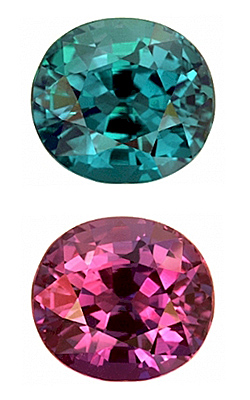
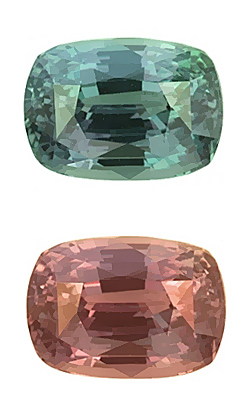
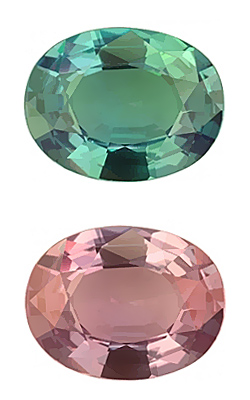
| Left: Fine color change and exceptional clarity faceted alexandrite (8.66 cts) from the Tunduru deposit, Tanzania. | Middle: Faceted alexandrite (2.71 cts) with distinctive color change (bluish green to medium red-purple) from Araku, India. | Right:Very strong color change and good clarity fine alexandrite (3.61 cts) from Hematita, Brazil. |
|---|
Tanzanian Alexandrite
The Tunduru area in southern Tanzania is near the Mozambique border and in the early 1990's produced a large quantity of sapphires, spinels and chrysoberyls. All of the easily accessible areas were mined out within a year. Today, mechanized mining is still producing limited quantities of material. Because the mine is in such a remote region, work is difficult. The Tunduru region has produced a variety of outstanding stones. Some of the incredible finds include a large clean top color 40ct+ rough diamond, some spectacular alexandrites, and vanadium colored chrysoberyls. Alexandrite is also found in Madagascar.
| Region | Ruvuma Region |
|---|---|
| Province | Ruvuma |
| Locality | Tunduru |
| Latitude | -3.3667 |
| Longitude | 36.6833 |
| Altitude | 4117 |

Brazilian Alexandrite
The second largest occurrence of alexandrite in Brazil produced deposits of larger alexandrite, although the majority of stones is occluded and translucent rather than transparent. Fine and gem quality larger alexandrite have been mined in miniscule quantity.
| Region | Southeast Region |
|---|---|
| Province | Minas Gerais |
| Locality | Esmeraldas de Ferros |
| Latitude | -19.3333 |
| Longitude | -42.8667 |
| Altitude | 2995 |
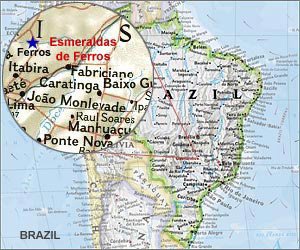
Esmeraldas de Ferros is a very rugged and difficult to access area. Mining is under primitive and dangerous conditions. Some of the smaller alexandrite crystals found are of gem quality, with excellent clarity and strong color change. Many of the larger crystals show a regular pattern of cavities that likely represent inclusions that have weathered away. Others crystals appear to have grown across the foliation of the schist, as shown by trains of micaceous inclusions, which create parting planes and increase susceptibility to physical weathering.
_____________________________
Small amounts of alexandrite with distinctive color change and good clarity have been found at Novo Cruzeiro, but current production of chrysoberyl is low.
| Region | Southeast Region |
|---|---|
| Province | Minas Gerais |
| Locality | Novo Cruzeiro |
| Latitude | -17.4833 |
| Longitude | -41.8833 |
| Altitude | 2962 |
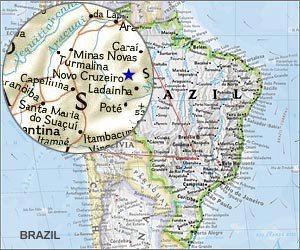
The centre of the mining industry is the state of Minas Gerais, named after the large number of gold and precious stone mines discovered in colonial times. Minas Gerais is also Brazil's main producer of mica, beryl, talc, marble, dolomite, graphite, zirconium, bauxite and nickel. Novo Cruzeiro located in one of the poorest areas of Minas Gerais state in the northeastern region, has a population of 35,000, who live mainly in rural areas. This area was industrialized 30 years ago, but transition areas with rural characteristics persist in the peripheral area of its cities.
_____________________________
The Hematita mine is known for the finest alexandrite, but today there are very few high quality alexandrites from Hematita on the market. A new owner has taken over the old Hematita mine and no one knows how much more the deposit can produce, but the material presently is high quality. Some dealers say this deposit is already depleted but this is difficult to verify. Small amounts of alexandrite have also been found a bit further north in Minas Gerais at Malacacheta, Teofilo Otoni and Esmeraldas de Ferros.
| Region | Southeast Region |
|---|---|
| Province | Minas Gerais |
| Locality | Hematita |
| Latitude | -19.5167 |
| Longitude | -43.0333 |
| Altitude | 3001 |
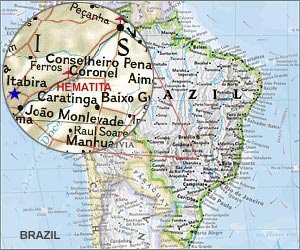
In 1987 a major strike of alexandrite was made at Hematita. As soon as news of the find leaked out, three thousand garimpeiros (independent prospectors) descended on the small valley, five hundred feet wide by six hundred fifty feet long, and began to dig. This "Alexandrite-rush" lasted about four months during the spring and summer of 1987. On average, one person a week was shot to death until bloodshed caused the government to issue an order in June 1987 to shut down. The situation had become so violent that the government had trenched a moat around and posted soldiers on the only remaining operating mine. By this time, the area appeared to be mined out. Estimated production from this strike was two hundred and fifty thousand gem carats in the rough (50kgs) according to "Secrets of the Gem Trade: The Connoisseur's Guide to Precious Gemstones" by Richard W. Wise.
_____________________________
Itaitinga mine located near Hematita, 16 km northeast of Belmont. This alluvial deposit produces an average of five kilograms per day, which yields about 250 carats per month of faceted alexandrite. Some exceptional v-shaped twins up to 22 cm in length were recently recovered from Itaitinga mine.
| Region | Southeast Region |
|---|---|
| Province | Minas Gerais |
| Locality | Itaitinga Mine |
| Latitude | -19.5167 |
| Longitude | -43.0333 |
| Altitude | 3001 |
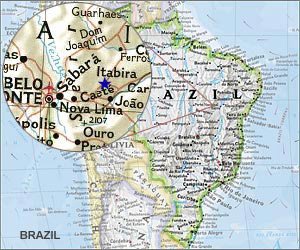
Minas Gerais has long been one of the world's preeminent sources of colored gems, including emerald and alexandrite and there are two important sources of alexandrite in Minas Gerais: Malacacheta and the Antonio Dias-Hematita-Santa Maria de Itabira area. The mechanized mining and sorting operation at Itaitinga Mine employs over 40 workers. An outcrop of alexandrite-bearing rock was recently discovered at Itaitinga, so production may eventually come from the primary deposit as well as alluvial workings.
_____________________________
Alexandrite is mined sporadically in the Malacacheta. Cat's-eye chrysoberyl is readily available at Teofilo Otoni, albeit in very small sizes, mostly under 0.5 ct. Alexandrite is available in smaller sizes. One excellent eye clean with strong color change alexandrite of about 5 cts was shown at the offices of Stone World in Teofilo Otoni.
| Region | Southeast Region |
|---|---|
| Province | Minas Gerais |
| Locality | Teofilo Otoni |
| Latitude | -17.8500 |
| Longitude | -41.5000 |
| Altitude | 1256 |
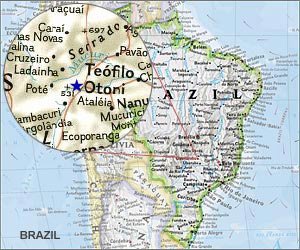
Teofilo Otoni located between the stony hills and rocky mountains that are so characteristic of the landscape of the state of Minas Gerais, is Brazil's most important commercial center for colored gemstones, where about 55 percent of the country's output is brought to be sold. It is the beating heart of Brazil's colored gem trade, the town where production from hundreds of small mines dotting the region comes to be bought and sold. Driving through the region, it's common to see tunnels cut into the hillsides -- or, more correctly, the telltale white of the waste rock dumped outside the mine. These are all garimpeiro operations, some literally located in people's backyards.
Most famous chrysoberyl deposits, spread throughout the 1,800 hectares of the Faísca and Crisolita Basins. The cat's-eye chrysoberyl is about 30 percent of the rough found , although only 10 percent of that is good color. Few years ago, Brazil's environmental agency (IBAMA) shut down the Duarte & Bastos's mine for polluting the local stream and deforesting the region, which can cause serious erosion problems. Now, with only a dozen or so miners left, they're allowed to mine on a limited basis while they implement a 20-year plan to replenish the vegetation and build dams to remove soil sediment from the water.

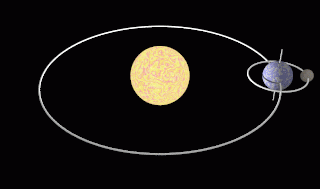
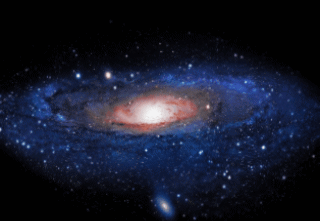
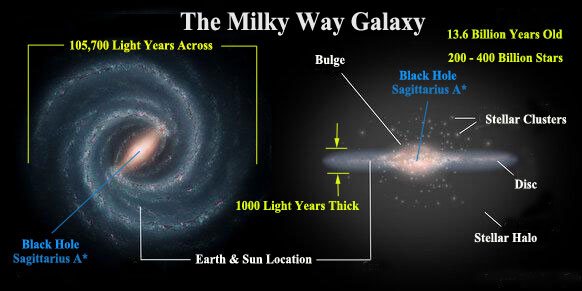
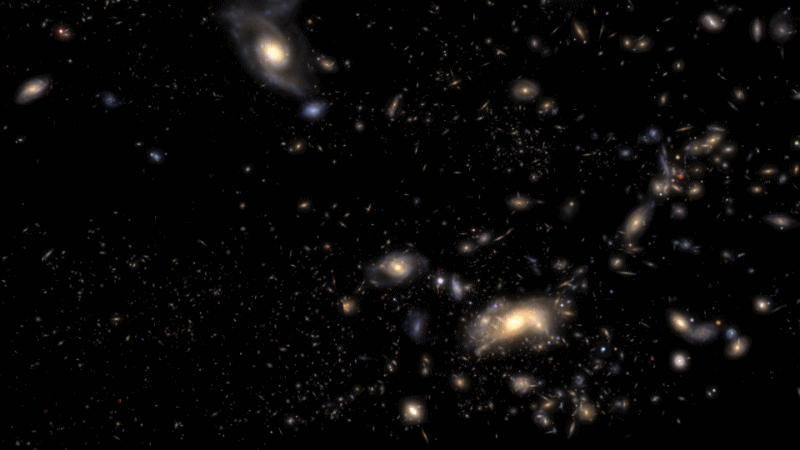
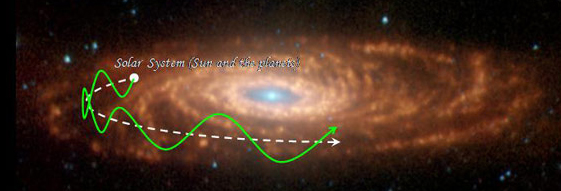
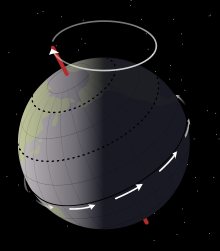
 The north star today is Polaris, however, 5 thousand years ago it was a different star altogether (Theban) and thousands of years from now it will be Vega. Today the orientation is the northern hemisphere is leaning away from the sun. This position is why the Sarah Desert is a desert where it was more tropical, wet, and green 15,000 years ago.
The north star today is Polaris, however, 5 thousand years ago it was a different star altogether (Theban) and thousands of years from now it will be Vega. Today the orientation is the northern hemisphere is leaning away from the sun. This position is why the Sarah Desert is a desert where it was more tropical, wet, and green 15,000 years ago.